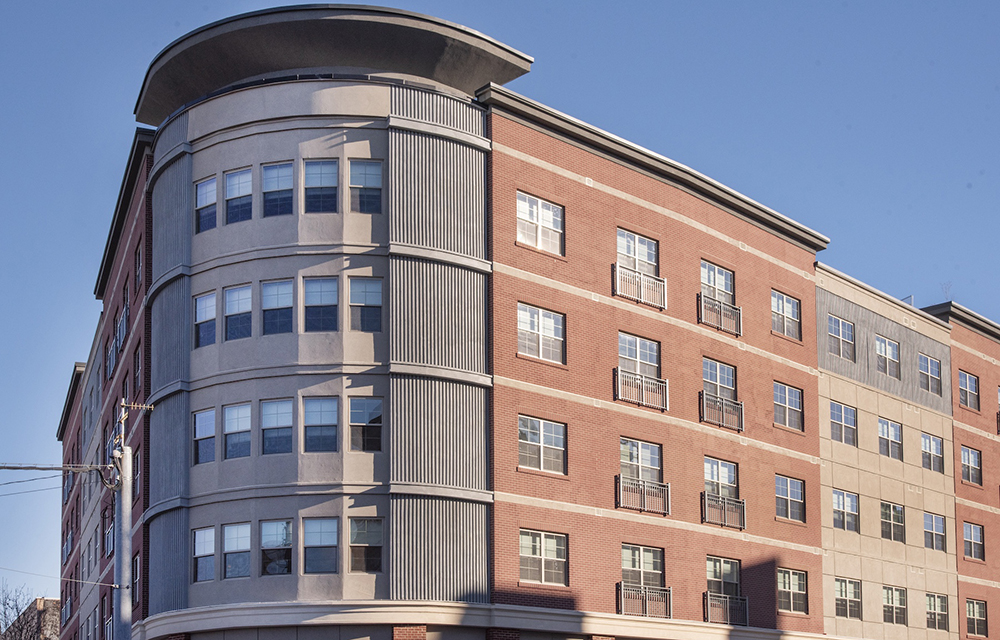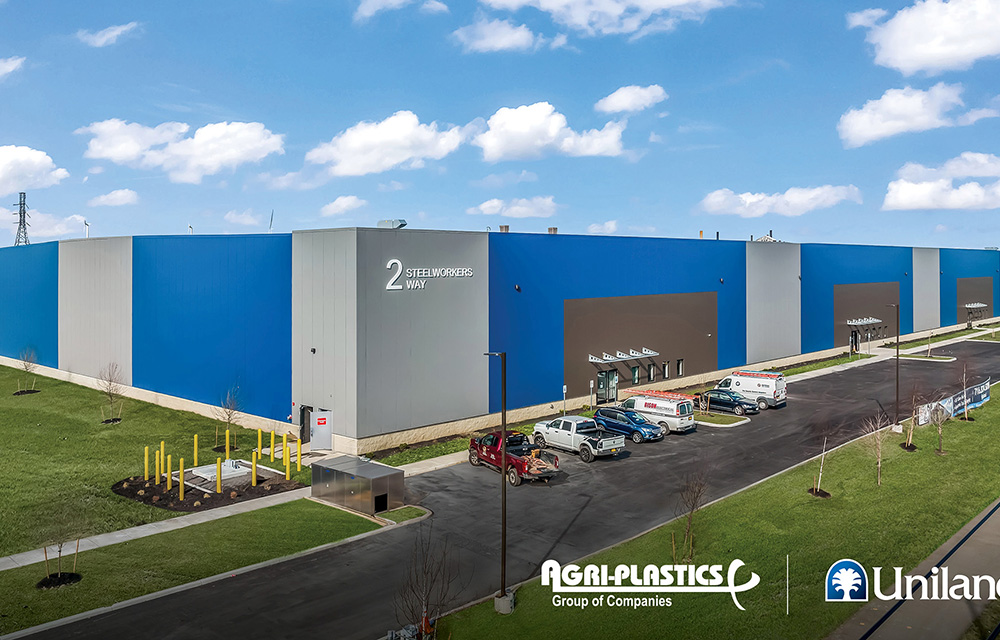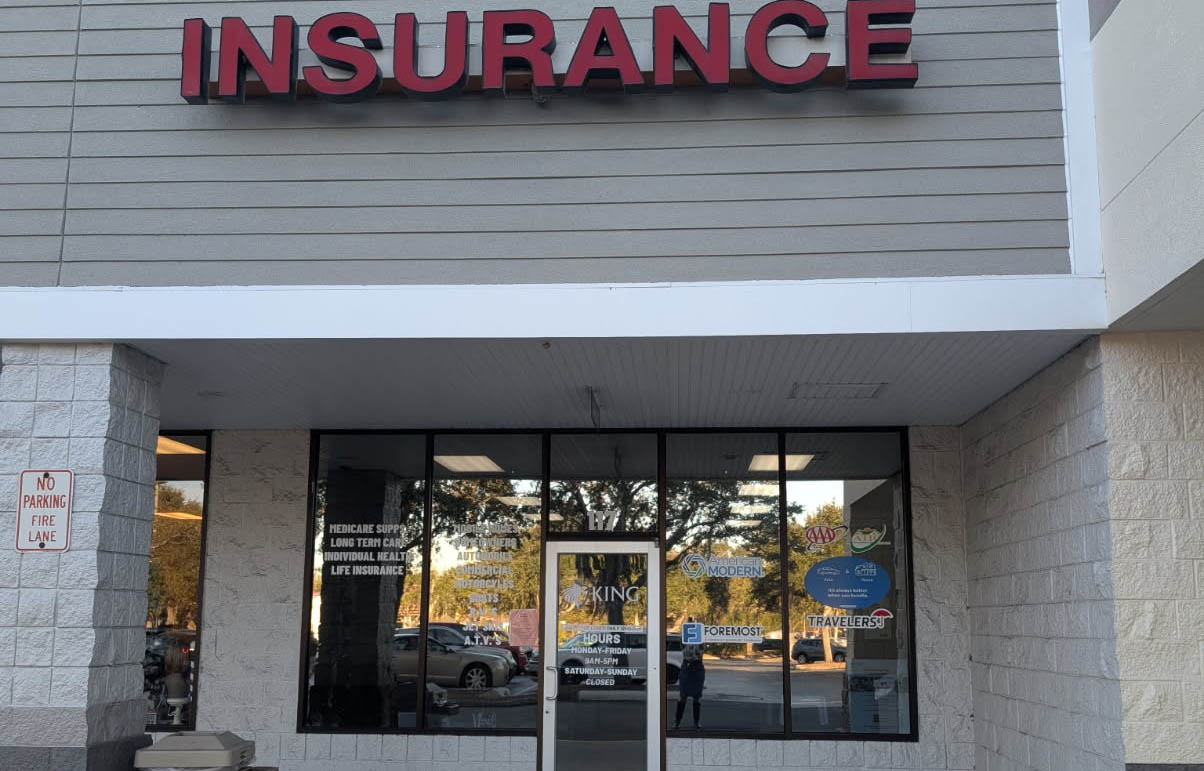News:
Brokerage
Posted: May 28, 2013
Protecting your assets: Two potential ways to reduce your risk while investing in real estate
In this crazy world we are living in today, protecting our assets is paramount. We are faced with a lackluster economy, government balance sheets expanding exponentially and yet rising prices in many assets. This leaves investors with some extremely difficult decisions. How do we find returns yet reduce risk enough so we can sleep at night? When it comes to real estate, I can think of two potential ways. The first is if you own a property in a highly appreciated area; consider selling it and reallocating to a market where bargains are still able to be found. For example, if you purchased a property in New York many years ago, you most likely have a large percentage gain by now, and cap rates are fairly low. If you were to take a profit on your current property and 1031 the proceeds into an area where cap rates are much higher, you can potentially reduce your overall risk, increase your income, and give yourself the potential of appreciation down the road. If you don't want to manage a property out of state, there are several leading real estate firms that offer properties that are 1031 eligible and they will handle all of the management for you.
The second way is reduce your taxes as much as possible. I always say, no one knows for sure how any investment will pan out, however, every dollar you don't pay in taxes is a dollar earned. And lets face it, in this environment with government balance sheets ballooning the way they are, the economy in the condition it is, and tax rates on the lower end of the long term average, it is no surprise to see them going higher. As they continue to rise, taking full advantage of the tax codes becomes more and more important. One way to do this when it comes to real estate is to combine a 1031 exchange and Section 121, the 250k-500k residential exemption. I will give a couple of examples of how to do this. For both, we will assume they are a married couple filing jointly, which would give them up to a $500,000 exemption under this section.
In the first example, they have owned the property for five years. For the first two it was their primary residence, and then they rented it for the following three. By living in the property for two of last five years, they have satisfied section 121 and are entitled to the $500,000 exemption. So lets say they purchased the property for $3 million and sold it for $4 million. The first $500,000 in gains would be tax free due to section 121, and the balance can be deferred through a 1031 exchange. The great part about this combination is the couple would be able pocket the first $500,000 of the $1 million gain tax free and defer the balance under section 1031 by purchasing a new investment property for $3.5 million.
The second example will be a mixed use property. Let's assume the property consists of two separate units and one is used as a residence and one for the couple's business. To make for easy calculations, let's assume the square footage is equal. They own the property for five years; sell it for the same $4 million, with a cost of $3 million. They can buy a new residence for $2 million and a new business property under section 1031 for $2 million and pay no tax. The first $500,000 would be tax free under section 121 and the second $500,000 deferred under section 1031.
There are other ways to combine these tax codes and if you have questions regarding your specific situation, I recommend you to speak to your tax professional, or seek out another expert in this field. Remember, in this environment of rising taxes; make sure you take full advantage of what's available to you.
When considering a 1031 exchange, one should carefully consider the additional timing requirements, that if not met can result in taxes being due as well as additional costs associated with them.
Michael Packman is CEO at PNI Capital Partners, Syosset, N.Y.
He offers access to securities through J.P. Turner & Company, LLC, a nationwide broker/dealer and member of SIPC. J.P. Turner & Company, LLC and PNI Capital Partners are not affiliated.
Tags:
Brokerage
MORE FROM Brokerage
Horizon Kinetics relocates new headquarters to Tishman Speyer’s Rockefeller Center
Manhattan, NY According to Tishman Speyer investment boutique Horizon Kinetics Asset Management LLC will relocate its current New York office to 18,713 s/f on the 27th floor of 1270 Avenue of the Americas at

Columns and Thought Leadership

Strategic pause - by Shallini Mehra and Chirag Doshi
Many investors are in a period of strategic pause as New York City’s mayoral race approaches. A major inflection point came with the Democratic primary victory of Zohran Mamdani, a staunch tenant advocate, with a progressive housing platform which supports rent freezes for rent

AI comes to public relations, but be cautious, experts say - by Harry Zlokower
Last month Bisnow scheduled the New York AI & Technology cocktail event on commercial real estate, moderated by Tal Kerret, president, Silverstein Properties, and including tech officers from Rudin Management, Silverstein Properties, structural engineering company Thornton Tomasetti and the founder of Overlay Capital Build,

Behind the post: Why reels, stories, and shorts work for CRE (and how to use them) - by Kimberly Zar Bloorian
Let’s be real: if you’re still only posting photos of properties, you’re missing out. Reels, Stories, and Shorts are where attention lives, and in commercial real estate, attention is currency.

Lasting effects of eminent domain on commercial development - by Sebastian Jablonski
The state has the authority to seize all or part of privately owned commercial real estate for public use by the power of eminent domain. Although the state is constitutionally required to provide just compensation to the property owner, it frequently fails to account








.jpg)
.gif)
.gif)